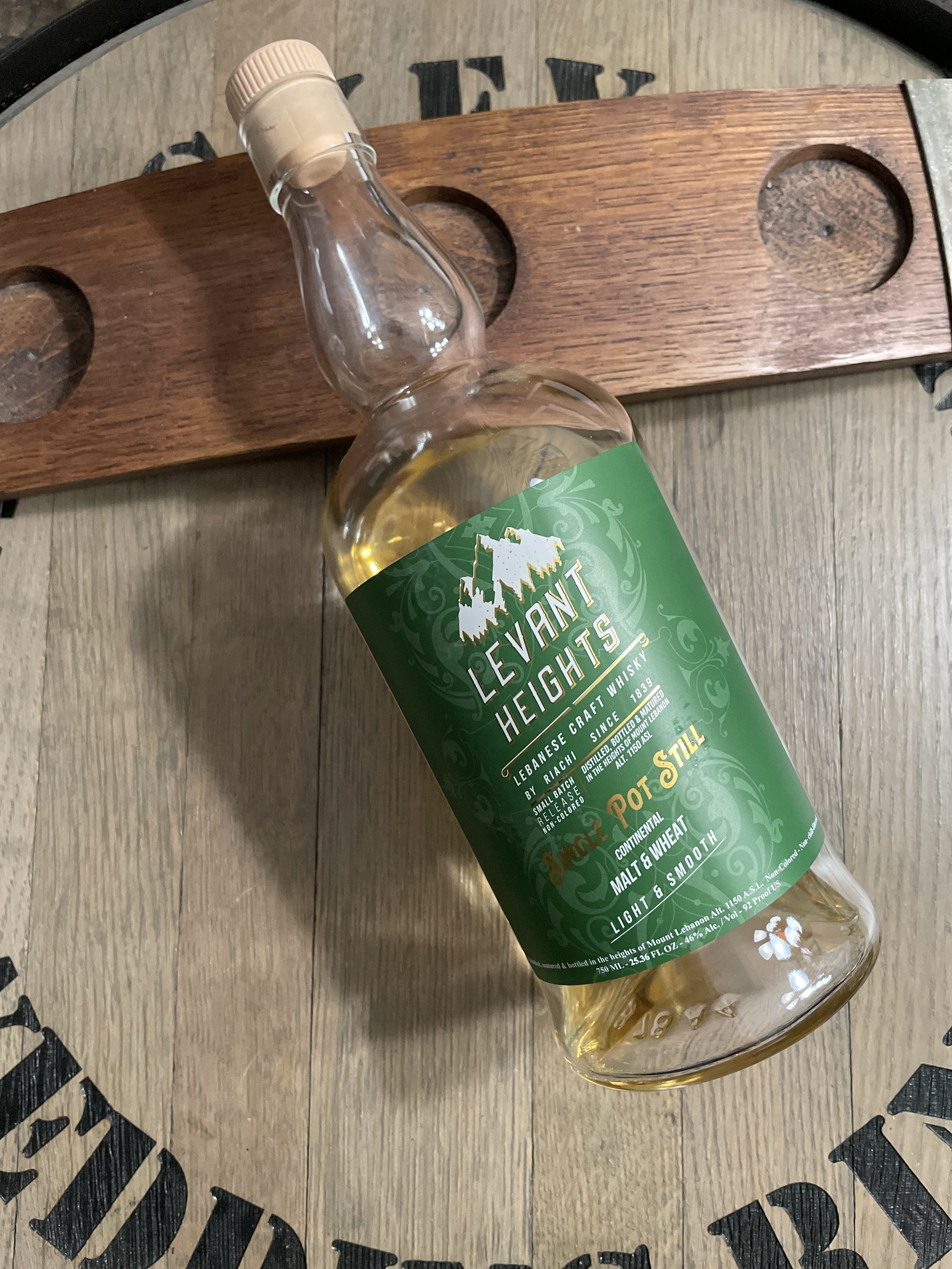Stauning Floor Malted Rye Whisky
Stauning Whisky was founded in 2005 by nine friends - not a distiller among them - with the idea of reinvigorating nordic whisky-making traditions. I honestly do not remember exactly how I came across Stauning, but I reached out to have them on the Whiskey Ring Podcast and they accepted - I was thrilled when they generously sent three samples of their whiskies. I reviewed this first as this was Stauning’s first officially released product.
As co-founder Alex Munch told me when I had him on the podcast, rye as a grain and as a bread is ubiquitous in Denmark (and the rest of Scandinavia for that matter). That should come as no surprise - think about where rye grows in North America: Canada, Pennsylvania, New York, the Upper Midwest, etc. It’s a hardy grain that’s sustained many a generation of vikings, northmen, and their kin.
Rye also holds a special place in my heart - growing up, a hot pastrami sandwich on rye bread from a real New York Jewish deli was heavenly. Side of sour pickles and coleslaw, spicy mustard, chef’s kiss.
Of course, one rye is not another. There’s much argument about whether terroir exists in whisky, and I usually fall in the “it’s there if the distiller wants it to be” camp. Many whiskies of the same grain can taste the same. If there is an argument for terroir, though, I believe rye should be the case study. This was my seventh country of origin from which I’ve had rye (the US, Canada, Germany, Ireland, Scotland, Poland, and Denmark), and every single one was different.
Even the rye variations within the US are far greater than that of corn in my opinion - look at how different Kentucky Rye, Indiana Rye, Maryland Rye, Pennsylvania or Monongahela Rye, and Pacific Northwest Rye are. I can’t see the same case in bourbon, where the base is so timid that the second grain in the mashbill - often rye, no less - is the flavoring grain. It’s been called that for as long as bourbon historians can remember - do you really think early distillers called it a flavoring grain because the base was robust? No. While I’m of course assuming intent, I don’t find it that unreasonable to think that while corn gives more yield and is easier to work with, rye was always the dominant flavor. Even today, many bourbons are judged or categorized by their rye content, not their corn content.
Anyway, back to Stauning. This Floor-Malted Rye is made from just rye and barley, distilled in pot stills at a very high temperature (650º C, just over 1200º F). The direct-fire heat causes the Maillard reaction in the wash, caramelizing the grains and adding roasted aromas and flavors that otherwise wouldn’t be there. The solids in the wash stick to the still and transform while being moved ever so slightly to avoid outright burning. Just a few years, ago, Stauning was doing this on a couple of pot stills - now they have 24, all open-fired, and all doing it the same way they did before. Only the scale has changed.
Consider this an introduction to Danish Whisky and Danish Rye in particular. I promise it won’t be the last one you try.
Stauning Floor Malted Rye Whisky: Specs
Classification: World Whisky (Danish Rye)
Origin: Stauning
Mashbill: Undisclosed
Proof: 96 (48% ABV)
Age: NAS
Location: Denmark
Stauning Floor Malted Rye Whisky Price: $75
Stauning Floor Malted Rye Whisky Review: Tasting Notes
Eye: Dark apple juice. Thin rims, dangling droplets.
Nose: Warm bready scents, slightly funky (but not in a bad way). Spiced baked apples dusted in cinnamon. Just a touch of proof heat. Golden apples, soft and not overly sweet. Mulled cider notes keep building.
Palate: Pleasant proof right up front with the baked apple notes carrying over from the nose. Lots more mulled cider, too, with toasted baking spices. So much apple, with a bit of rye. Turns sweeter, with heat settling down quietly. Mouthfeel is textured, medium-bodied, grips the tongue with spice and a touch more proof, coating the whole palate.
Finish: Continues the apple spice while opening a touch of semisweet chocolate on a medium-length finish.
Overall: Deliciously apple heavy, though at times I’m searching for the rye. It’s there, don’t get me wrong, just takes a little searching. The proof is well-balanced and the mouthfeel makes this a great pour.
Final Rating: 6.3
10 | Insurpassable | Nothing Else Comes Close (Blanton’s Straight from the Barrel)
9 | Incredible | Extraordinary (GTS, Elijah Craig Barrel Proof B518 and B520)
8 | Excellent | Exceptional (12+YO MGP Bourbon, Highland Park Single Barrels)
7 | Great | Well above average (Blanton’s Original, Old Weller Antique, Booker’s)
6 | Very Good | Better than average (Four Roses Small Batch Select, Knob Creek 14+ YO Picks)
5 | Good | Good, solid, ordinary (Elijah Craig Small Batch, Buffalo Trace, Old Grand-Dad Bottled-in-Bond)
4 | Sub-par | Many things I’d rather have (A.D. Laws Four Grain, Compass Box “Oak Cross”)
3 | Bad | Flawed (Iron Smoke Bourbon, Balcones)
2 | Poor | Forced myself to drink it (Buckshee Bourbon and Rye)
1 | Disgusting | Drain pour (Virginia Distilling Co. Cider Cask)










